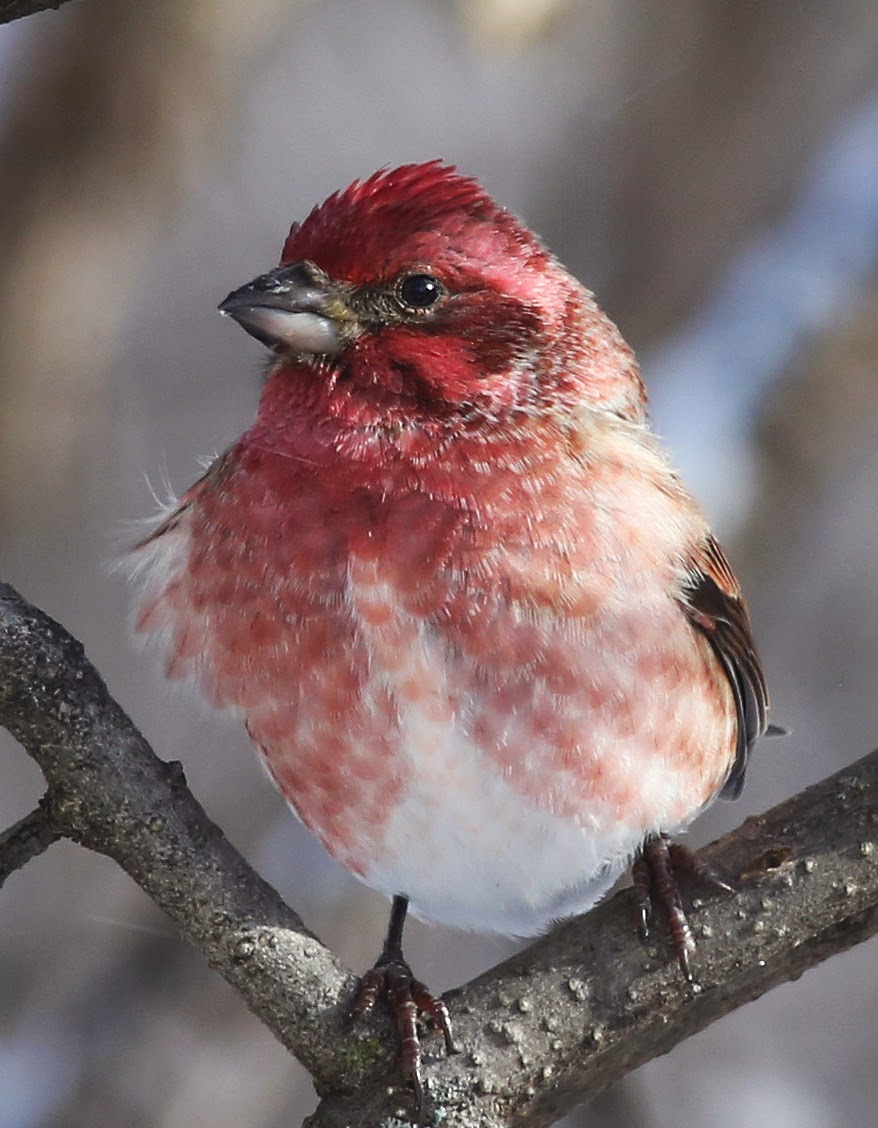

Winter: eastern birds migrate south to lower latitudes, sometimes irrupting with major invasions south to the southern United States western birds move to lower elevations. Breeding: inhabits open coniferous forests and mixed woodland in the east and north, and montane coniferous forest and oak canyons in the west. Songs of nominate subspecies more complex.įairly common. Song: a rich warbling shorter than the Cassin’s and lower pitched and more strident than the house finch. Male Cassin’s is lighter pink, particularly on the underparts and eyebrow.Ĭall: a musical chur-lee, and a sharp pit given in flight. Males and females most similar to Cassin’s finch, which do not overlap with each other in the east, but are more confusing in the west. The Pacific coast californicus male is less bright and has a brownish wash on its back and sides the female is much buffier underneath with a less bold face pattern and more blurred back streaking. Compared to House Finch, males lack distinct streaks on sides and are overall more colorful, especially on back and wings. Nominate purpureus resides in the northeast and the boreal forests of southern Canada the male has longer wings and is brighter overall, the female has a bolder head pattern and whiter underparts. Purple Finch Haemorhous purpureus Sign in to see your badges Identification POWERED BY MERLIN Listen +11 more audio recordings Males suffused with raspberry red, especially on head and breast.

Range and plumage differences delineate 2 distinct subspecies. Pacific birds buffier below overall with more diffuse streaking. Head boldly patterned with whitish eyebrow and submoustachial stripe that contrast with a dark brown cheek and malar stripe. Female: underparts whitish with heavy dark brown streaking that does not extend to the white undertail coverts. Bill rather large, conical, with a straight culmen. Lower belly whitish with varying amounts of wide blurry streaks. Two indistinct pinkish wing bars on each wing. Head rather bright, with distinct paler pink eyebrow contrasting with a darker cheek. Back brownish with noticeable streaks and pinkish ground color. Male: body mostly rose red, brightest on the head and rump. Length 6".Ī rather chunky Carpodacus finch with a shortish, strongly notched tail. Generally found in less disturbed habitats than house finch. This migratory rose red (not purple) finch is fairly common throughout much of the northeast, Canadian provinces, and much of the Pacific coast.


 0 kommentar(er)
0 kommentar(er)
